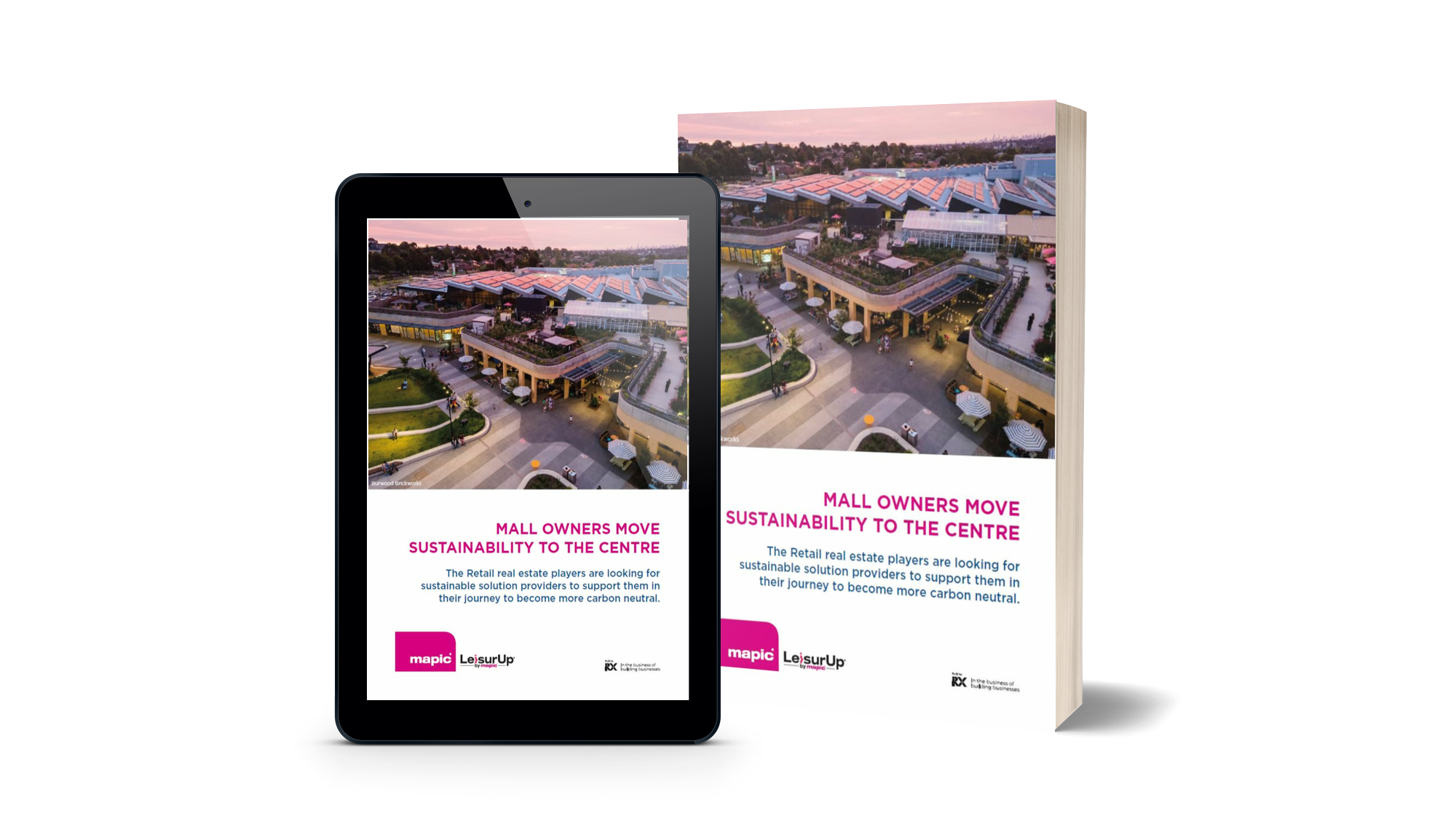Pricing consumer goods can be a challenge for any business. To set a price, you need to know what your customers are willing to pay and how much you need to earn to make a profit. Many companies therefore use one of three tried-and-true methods of price-setting: cost-plus, value-based, and competition-based.

Mall owners move sustainability to the center
In this guide, we will discuss the cost-plus pricing strategy. Cost-plus pricing involves calculating the cost of producing an item, finding your ideal profit margins, and adding those numbers together to find a price. This relatively simple pricing method is used in many businesses because it requires few resources and covers your financial bases.
The following sections will address how to most effectively use cost-plus pricing for your business. It will discuss the benefits and drawbacks of this strategy to help you decide the best way to implement the cost-plus method at your company.

How to Use Cost-Plus Pricing
The formula for cost-plus pricing is simple. You add an item’s production cost to your desired profit margin to determine its price. Suppose you have a TV that costs $300 per unit to produce and sell, and your desired profit margin is 20%. You would set the product’s price at $360 to cover costs and earn your margin.
So, when using cost-plus pricing, you will need to begin by calculating how much a product costs to produce and sell. You will begin this formula by taking the per-unit cost of the item. Then, you will need to include ancillary costs involved in selling the product. These costs can be fixed or variable. Fixed costs, such as rent, are consistent year over year and are typically guaranteed in a contract. Variable costs, such as labor or utilities, differ from month-to-month. To estimate your total variable costs, you will analyze total costs from each month to determine an average or median that you can use to make your calculations.
Next, you will need to decide on a reasonable percentage for your profit margin. Many retailers use a 50% markup as an industry standard. However, that number may vary depending on your business’s needs. Service sectors may use lower margins to gain clients, whereas a company seeking aggressive growth may desire greater profitability.
Advantages of Cost-Plus Pricing
The most significant benefit of this price-setting strategy is its relative simplicity. Unlike competition-or value-based pricing, cost-plus does not require ample market research. Successful companies are already aware of their daily costs, and that information is often on-hand in the form of labor contracts, utility bills, and other invoices. This ease of use makes cost-plus pricing a favorable strategy among small businesses, which often lack the resources for more research-intensive strategies.
Similarly, this strategy is also beneficial when that market information is simply not available. Businesses in new or non-competitive sectors might not be able to gather enough data to effectively implement other strategies. Likewise, start-up companies that do not have an established customer base often cannot work with a value-based model. So, many of those companies resort to cost-plus calculations to set a fair price.
Cost-plus pricing also ensures that your company covers its financial bases. The strategy is rooted in the need to profit on product, so a cost-plus price will consistently cover your production costs. Additionally, using this method will make you more aware of the cost of running your business, so you will pay more attention to your expenditures. With cost-plus, as long as you calculate your costs correctly, you will never lose money on selling an item.

Drawbacks of Cost-Plus Pricing
Cost-plus pricing’s most significant drawbacks arise from its limited scope. This method only examines internal factors, like labor costs and desired margins, without considering external influences like your customers and competition. This can not only put you out of touch with the overall market, but it can also harm your long-term profitability.
The cost-plus model does not consider how a customer might value your product, leading you to under- or over-price your item. Suppose, for example, that you have a laptop computer that costs $600 to make and sell. At a 15% profit margin, you would price the item at about $700. However, because consumers perceive the new device as more valuable, competitors are selling it at $900. Had you considered value and competitors’ prices, you could have priced your item at $850, reaping the benefits of undercutting the market while increasing your profit by a sizable percentage. Likewise, assume your cost-plus calculation prices a 4-pack of toilet paper at $10. The margin might look nice, but you likely will not sell much of the product.
Additionally, focusing your price strategy internally might cause you to miss out on profitable market trends. Competitors using value-based pricing might notice that they can sell device repair contracts at a substantial markup when paired with a new purchase. If you are not actively monitoring consumer behavior and your competition, then you might miss out on ways to boost your sales.
Cost-plus pricing is also highly vulnerable to mathematical error and unexpected events. If you add your expenses incorrectly, then you lose sales and revenue due to a price that is too high or low. For example, if you fail to account for contractor costs in your labor budget, then you might price an item too low to cover your expenses. Costs can also increase in ways that you may not project. As the COVID-19 pandemic subsided, many retailers unexpectedly had to increase spending to court workers in a tight labor market. With a cost-plus pricing strategy, those retailers would have to reduce their profit margin or raise prices to accommodate this change.

Mall owners move sustainability to the center
Should my Business Use a Cost-Plus Price Strategy?
Using cost-plus pricing is beneficial for businesses with limited resources or who need to take a hard look at their bottom line. If your business does not have the capacity to conduct extensive market research, cost-plus is a quick and effective way to determine pricing. Likewise, if your company is in the red, you may want to examine your price points from a cost-plus lens to see if you’re recouping your costs correctly.
However, many retailers avoid this model because it is too rudimentary to meet their needs. By focusing price-setting internally, this strategy overlooks important information from outside sources like consumers and competitors. This can cause them to miss the boat on new trends and price their product incorrectly. Additionally, if your business’s operating costs fluctuate, then utilizing cost-plus can be challenging.
Most experts agree that a cost-plus model is most effective when paired with other strategies. Its emphasis on profit can be a valuable check on other strategies, which base their prices on external factors. Understanding and implementing cost-plus pricing methods can therefore be a valuable tool for any retailer.
For more information, please refer to the following pages:
- Top Factors to Consider When Pricing Products
- Guide for Value-Based Pricing
- What Is Competitor-Based Pricing?
- All About Dynamic Product Pricing
- Tips for Incorporating Different Pricing Methods
- How to Test Your Product Price
- How to Know You Should Change Your Product’s Price
- How to Price Your Product Perfectly
